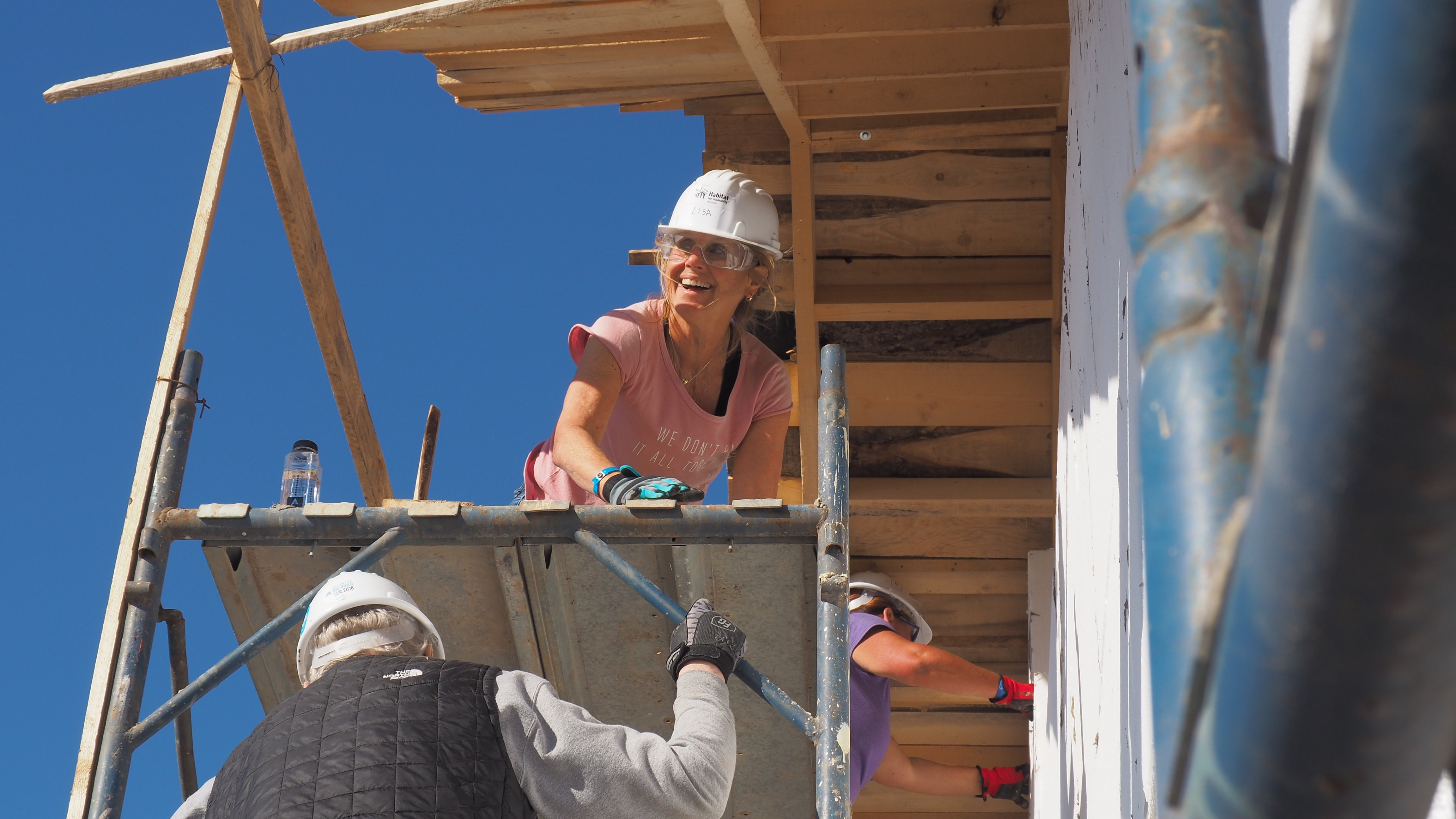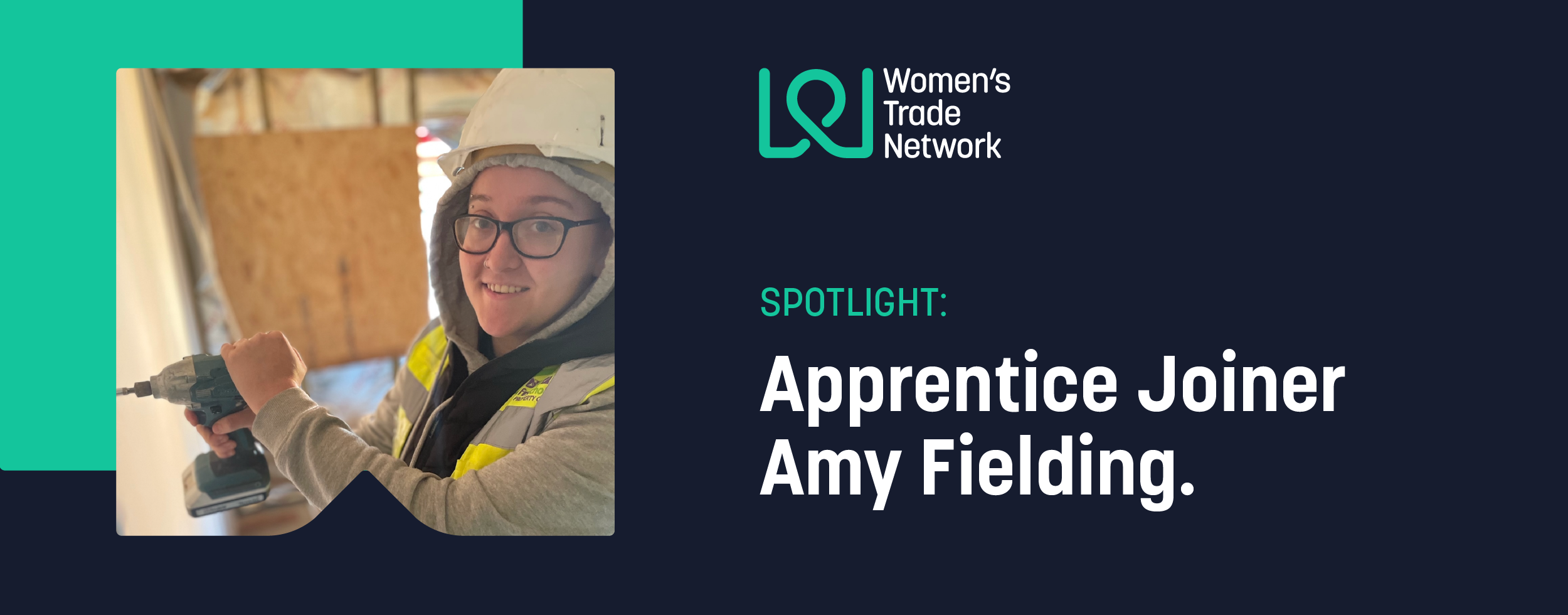Game changers for women in construction trades.
Initiatives like the Women’s Trade Network, among others, are leading the charge by implementing game-changing activity aimed at encouraging more women into the industry.
With a long history of gender inequality in the construction industry, women and organisations are fighting back.
The sector plays a huge role in our daily lives, yet it is often overlooked as a long and fulfilling career choice, especially by women. On paper, it is a well-paid and interesting profession where no two days are the same, and more needs to be done to promote it to underrepresented groups.
A united approach.
It’s not enough for individuals or single organisations to be left responsible for changing decades of industry practice. It will take a joined-up effort from all reaches of the sector.
Events such as the London Build Expo in November each year champion female voices by bringing together Women in Construction ambassadors. At the event, female industry leaders share their career successes and learnings, providing inspiration for those attending. That the event happens at the UK’s leading construction show demonstrates the appetite for change from all reaches of the sector.
Education also starts with, well, education. The emphasis on encouraging women into the construction industry should begin at the very beginning, school and college. For example, Esh Group’s Building My Skills initiative brings together like-minded businesses to provide employability and career guidance to students.
Be driven by data.
Numbers are hard to argue with, so in order to enable change, you need a baseline to start with. Tracking existing data on aspects such as the gender pay gap and recruitment and retention provides a starting point. It’s then up to the sector to use this data to make informed changes. Emphasis should be on high yet achievable targets and on holding poor-performing contractors accountable for their numbers.
Spotlight on tradeswomen.
Sometimes the best way to shine a light on a situation is to raise the voices of those experiencing it. Networks such as Chicks with Bricks and the Women’s Trade Network provide a platform for women to hear from others already working in construction. In addition, both groups exist to proactively encourage and promote female talent, thus empowering women already working in the industry and those wishing to join. Groups such as Women On The Tools are also doing their part to link tradeswomen together, thereby strengthening and building the community.
Lead from where you are.
Change happens when everyone pulls together. There are many ways that organisations, governments, unions, initiatives and individuals can make a difference. Perhaps the most significant is by recognising that change is necessary. For organisations, this looks like hiring and retaining women, building respectable workplaces free from sexual harassment and investing in training courses to enable advancement. For governments, emphasis should be on mandated targets and their subsequent compliance. And for individuals: be an ally. Recognise the inequality and actively work to make it a thing of the past.
Integrate supply and demand.
Research suggests that the sector may be gaining a reputation for lagging behind in innovation, making advances in inclusivity even more critical. Work must now be done to link those undertaking training in construction trades with vacancies that will benefit from a diverse workforce.
Looking to the future.
According to the Construction Skills Network (CSN) report, 266,000 additional workers will be required to meet UK construction demand by 2026. This represents a huge opportunity for those entering the sector and those who recruit into it. By using a combined approach to encourage more women to work in construction, organisations will significantly increase the talent pool - ensuring the advancement of the industry in the years to come.

.jpeg)





